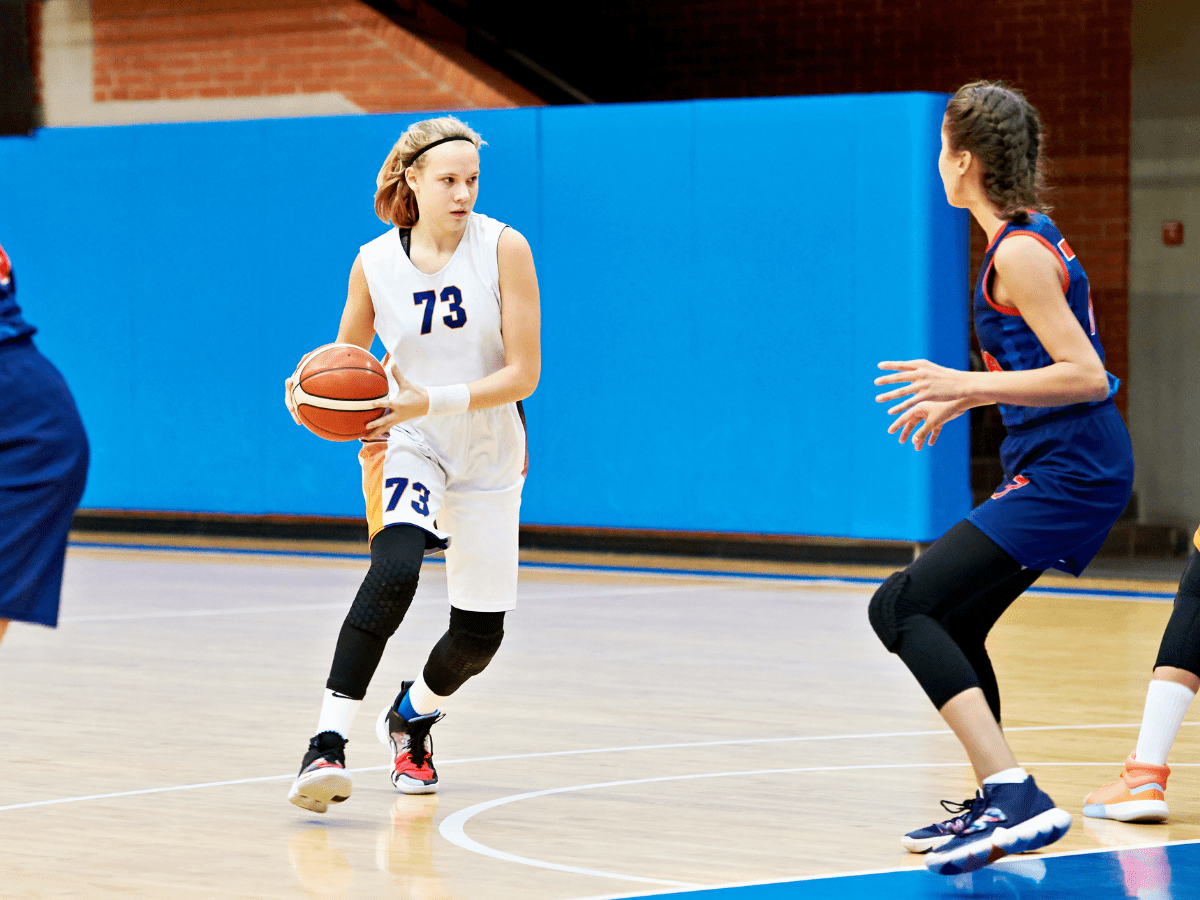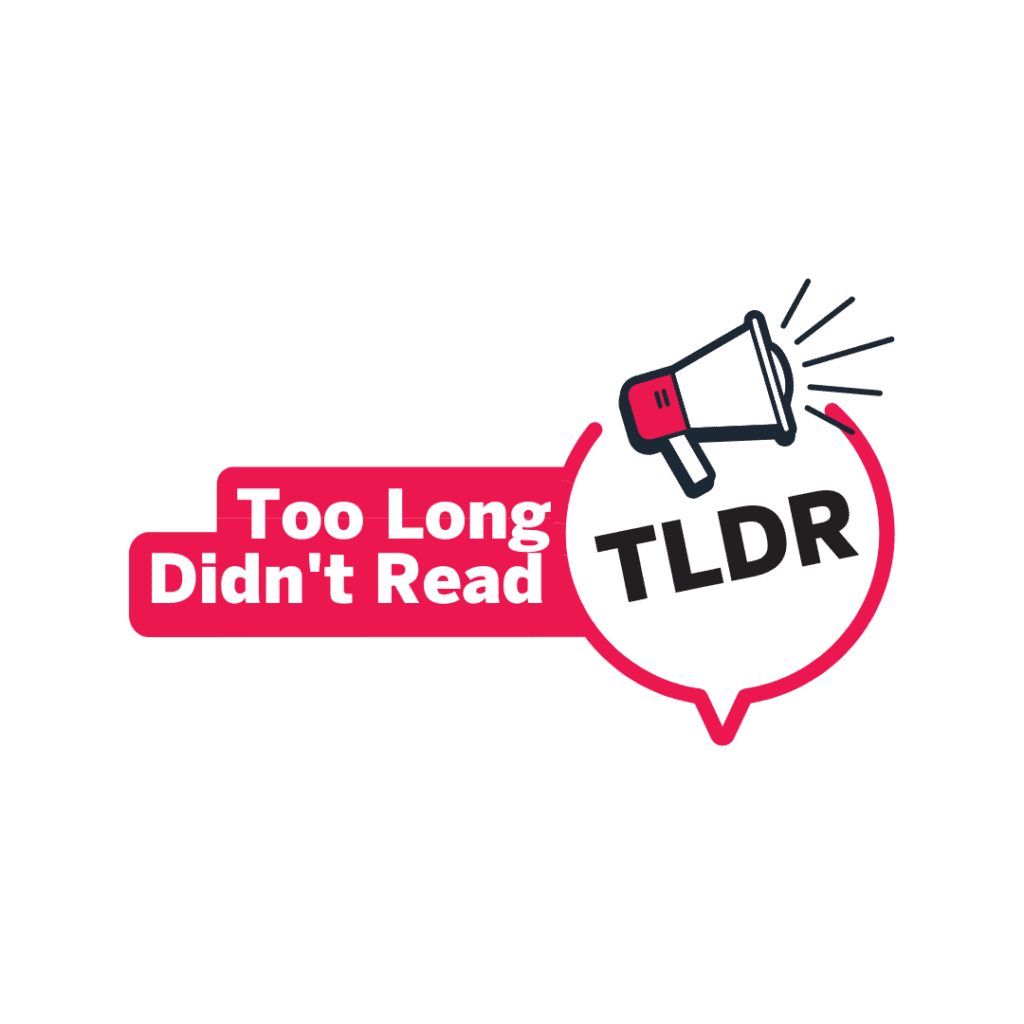

Introduction and Context
Safe Sport continues to be a top concern in Canada, with continued efforts to address maltreatment at all levels of sport. While sexual violence is discussed most frequently in research and practice, with the rhetoric being that children need to be protected from ‘bad apples’ and ‘predators’, Canadian1,2 and international3,4 prevalence studies on the rates of maltreatment indicate emotional abuse and neglect are the most frequently reported from athletes. The prevalence of these issues is often linked to the normalization of harmful behaviours, the belief that these behaviours improve performance, and a prevailing win-at-all-costs mentality5.
To address these negative practices, coaching styles including athlete-centered and autonomy-supportive have been recommended that place the athlete at the center of the sport experience in a holistic manner6. While these positive coaching methods can increase athlete satisfaction and retention7, their direct impact on high-performance outcomes is still unclear. Many coaches have reported hesitation to embrace these techniques because of the lack of the lack of evidence linking positive coaching styles and performance8, particularly when job security is often dependent on the performance success of their athletes or team. Therefore, the purpose of this study was to understand how international medals can be achieved with a positive sport experience. Second, we sought to explore the characteristics of a positive sport experience that produces performance (e.g., behaviours, environment, coaching techniques).
Methods
Interviews were conducted with 13 Olympic and Paralympic athletes, who had won at least one medal at an Olympic/Paralympic Games, World Championships, or Pan American Games, and 11 Olympic and Paralympic coaches of international medalists. Participants were purposefully selected for their medal success in a positive coaching environment.
Key Findings and Implications
Results indicated that medals could be won at the international stage in environments that supported holistic well-being. This sentiment was summarized by Olympic Champion who had reflected on her performance outcomes in both positive and negative sport environments. She noted that she was able to thrive in a positive sport setting whereas she was burn-out, unmotivated, and resentful in a negative sport environment which negatively impacted her performance.
“This isn’t a theory of like, ‘well, if you treat people better, then they will do better.’ No, it’s actually tangible. We have evidence. I have a gold medal upstairs that shows you it can happen. So, let’s get with the program and stop traumatizing athletes.”
There were also additional benefits to a positive environment, including perceived increases in performance, performance satisfaction, ease of training, resiliency, enjoyment, and longevity in sport. These benefits create a cyclical effect that further increases performance. In contrast, the participants who had previously been in negative sport environments or environments that only prioritized performance reported decreased performance, motivation, and well-being. Even when medal attainment was achieved in negative environments, participants specifically noted that performance attainment wasn’t worth the negative outcomes; as such, many participants refused to stay in environments that embraced a win-at-all-cost mentality. These findings are critical within the Canadian sport community because it provides empirical evidence that top performances can be attained with a more positive approach.
Four interacting attributes of a positive sport environment were discussed by the 24 coaches and athletes that were interviewed. The attributes included the disposition of the athlete (internally motivated, goal-oriented, hard-working, hard on themselves), and the coach (humble, chill, uses autonomy supportive and athlete-centred coaching techniques, and understands the mind-body connection), coach-athlete relationship (embraces mutual respect, trust, open communication, has balanced bower, and established boundaries), and the training environment (fun, safe, positive, fosters teamwork, and prioritizes sport-life balance). Figure 1 summarizes the interactions between the characteristics of a positive sport experience.
Figure 1. A Positive Sport Experience
Finally, one of the most remarkable findings from this study was that the participants’ definition of success extended beyond medal performance. As such, a new definition of success is proposed that incorporates 5 elements of a successful sport experience:
Personal performance metrics
“I think to me, winning or being the best isn’t the goal, ever. It’s more about being their best, and if they are trying to reach a certain target score or do a new skill…”
Personal development
“My high-performance director and I always just refer to it as creating good humans. It was fun for me at the Olympics when our team did perform well that word came out of a lot of people’s mouths that didn’t know anything or weren’t part of our program, a lot of the media was like, I like dealing with your team they are good people. That for me was ‘We won’ and the medal was a bonus.”
Well-being
“But I think above all, athlete well-being has to be the number 1 priority. So even if it’s, I want to win a gold medal at the Olympics, that should be understood as, I want to be healthy physically and mentally and have my wellbeing taken into account AND win a gold medal at the Olympics, or whatever the goal is, have the preamble understood as, we are not going to cross boundaries to get them.”
Enjoyment
“I think sport at the high-performance level is the same thing as the grassroots level. Why do young people join sport? Fun, friendship, fitness, the joy of participating in a group activity, so many personal reasons that people join the sport for. That’s what sports about on every single level. and we’ve turned it into a business”
A desire to stay in sport
“It’s not just about having talent, but ensuring talent stays… It just wasn’t sustainable growing into a young woman to be under that stress, pressure, and regiment… with my new coach I can still be my own person and do things and live a really normal, it’s way more sustainable…I excelled in [positive and negative environments] but it was the sustainability”
Strengths and Limitations
The population sample in this study was both a strength and limitation of this study. The knowledge gained from this particular subset of top-performing coaches and athletes created a strong understanding of effective coaching techniques. In a sense, this research provides a ‘masterclass’ in coaching at the high-performance level. On the other hand, the specificity of this sample means that it does not necessarily represent the views and experiences of athletes and coaches at other levels of sport (e.g., grassroots, provincial level). Therefore, more work is needed to explore these concepts, particularly the conceptualization of success, within a more robust population. Additionally, quantitative data exploring the relationships between coaching styles, performance outcomes, and mental health indicators could further strengthen this data.
Conclusions and Next Steps
In conclusion, this study provides evidence that athletes can succeed in positive sport environments. This is important because it combats predominant beliefs that coaches need to use abusive tactics, like yelling, belittling, and forcing the submission of athletes to achieve performance results9. Findings from the high-performance athletes and coaches in this study indicate a preference for more positive sport environments, which can contribute to performance success and personal development. Next steps for this project include coach education and understanding barriers coaches and sport organizations face to implement a positive sport environment.
Note: In an effort to enhance knowledge translation, the authors are working with the Coaching Association of Canada to build an accessible report and toolkit for coaches. These materials will be available in Fall 2024.
References:
- Willson, E., Kerr, G., Stirling, A., & Buono, S. (2022). Prevalence of maltreatment among Canadian national team athletes. Journal of Interpersonal Violence, 37(21-22), NP19857-NP19879.
- Parent, S., & Fortier, K. (2017). Prevalence of interpersonal violence against athletes in the sport context. Current Opinion in Psychology, 16, 165-169.
- Hartill, M., Rulofs, B., Allroggen, M., Demarbaix, S., Diketmüller, R., Lang, M., … & Vertommen, T. (2023). Prevalence of interpersonal violence against children in sport in six European countries. Child Abuse & Neglect, 146, 106513.
- Ohlert, J., Vertommen, T., Rulofs, B., Rau, T., & Allroggen, M. (2021). Elite athletes’ experiences of interpersonal violence in organized sport in Germany, the Netherlands, and Belgium. European Journal of Sport Science, 21(4), 604-613. Roberts et al., (2020) Organisational factors and non-accidental violence in sport: A systematic review. Sport Management Review, 23(1), 8-27.
- Gurgis, J., Kerr, G., & Stirling, A. (2020). Advancing autonomy-supportive coaching through the application of the transtheoretical model. In Routledge Handbook of Athlete Welfare (pp. 396-407). Routledge.
- Appleton, P. R., & Duda, J. L. (2016). Examining the interactive effects of coach-created empowering and disempowering climate dimensions on athletes’ health and functioning. Psychology of Sport and Exercise, 26, 61-70.
- McMahon, J., & Zehntner, C. (2014). Shifting perspectives: Transitioning from coach centered to athlete centered. Journal of Athlete Centered Coaching, 1(2), 1–19.
- Stirling, A. E. (2013). Understanding the use of emotionally abusive coaching practices. International Journal of Sports Science & Coaching, 8(4), 625-639.